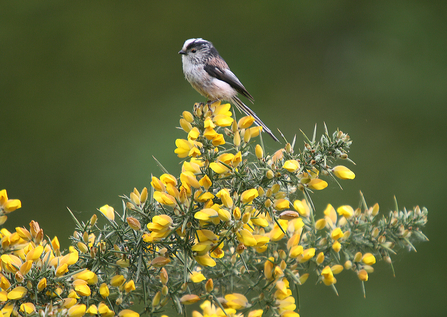I led a walk this summer. Ostensibly we were looking for plants, but I’m not known for sticking to the script. So there were greenfinches, chiffchaffs, tree bumblebees, a great spotted woodpecker and families of long-tailed tits along the way.
Plants though; oh, such plants we saw. My group and I were exploring Sweet Briar Marshes, Norfolk Wildlife Trust’s outstanding new reserve, just west of the centre of Norwich, along the River Wensum. I have written and spoken many times about Sweet Briar Marshes since – with support from local community groups – NWT decided to buy the site a couple of years ago. Now, thanks to overwhelming donations from our members and the public, and a partnership under which Norwich-based Aviva generously matched every pound given to our appeal, the site is ours.

